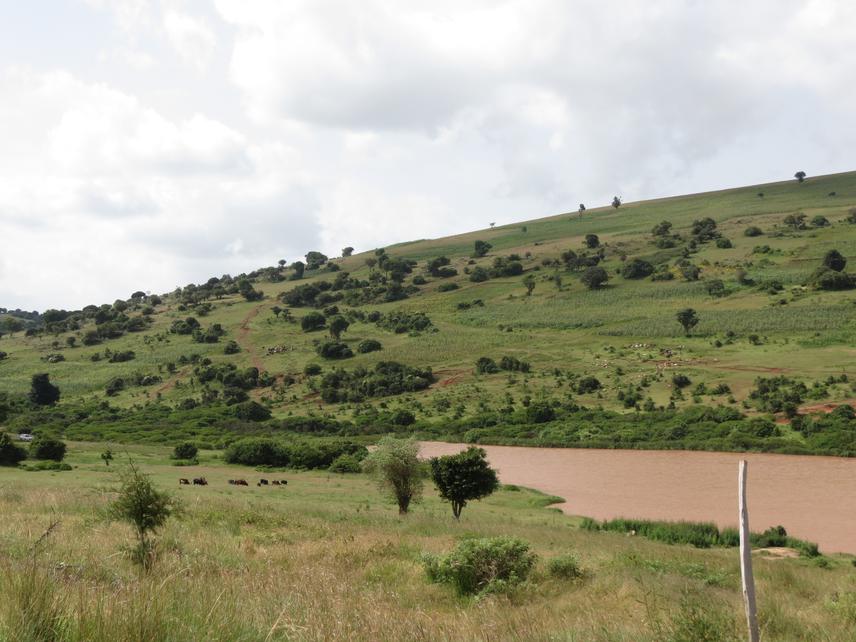Agnes Sirima
Other projects
19 May 2014
Does Traditional Ecological Knowledge Contribute to Conservation of the Serengeti-Mara Ecosystem?
To understand the relationship between ecosystem services and livelihood forest dependency of the Enguserosambu communities.

Waterpond at Enguserosnbu village.
Community forests constitute a significant proportion of the world’s forests. Although some do not satisfy the IUCN definition of protected areas, they offer long term sustainability of forest products and many are rich in biodiversity. Benefits vary based on the perceived value and priorities attached to forests by communities. Documented benefits include poverty alleviation and, in some places, a decrease in deforestation rate. However, little is known about their condition or details of how they are managed. Tanzania’s predominantly rural population significantly depends on the country’s approximately 33.5 million hectares of forest and woodland areas for daily sustenance.
The Tanzania Forest Services (TFS) Agency directly manages forests on behalf of the government although an estimated 11.6% of the public forest land is under Participatory Forest Management (PFM) (United Republic of Tanzania, 2008) with no clear identification of the percentage directly managed by indigenous communities. Although the Forest Act (2002) provides the legal basis for community forest management “little is known about their extent, location and system used for preserving and protecting traditional forests” (United Republic of Tanzania, 2008, p. 10). The Act further calls for the need to reinforce local management systems through the full protection of the law in order to prevent external pressure or development to these traditionally managed forests. Consistent with the provisions of the Act, the Enguserosambu Community has applied for and received the legal right to own and manage their community forest in 2013. This research will add to an understanding of the motives and management aspirations of communities which are important for promotion of grassroots conservation.
Specifically the research aims to: assess communities’ motivation for forest protection; analyze forest livelihood dependence; and, compare land use land cover changes between the Enguserosambu community forest and the government managed forests (Loliondo forest II) within the same ecosystem.